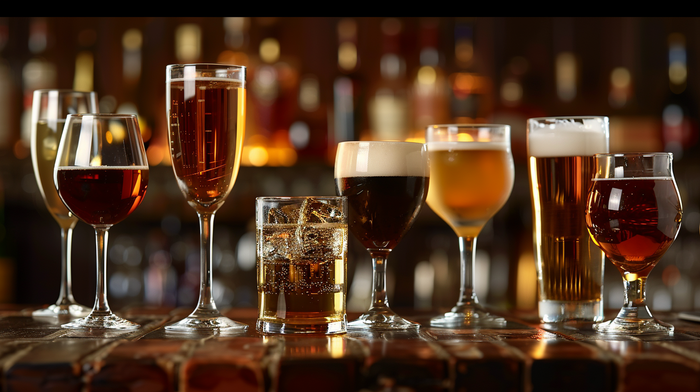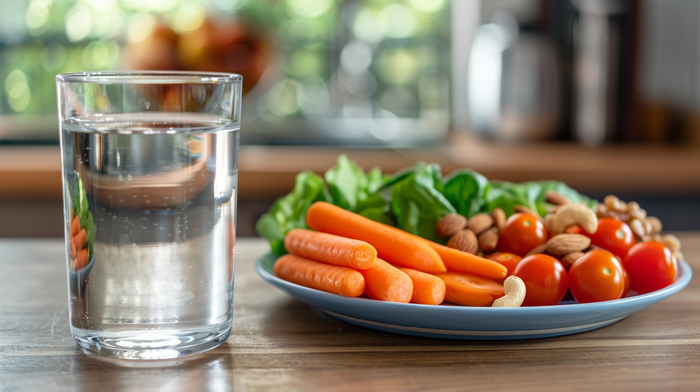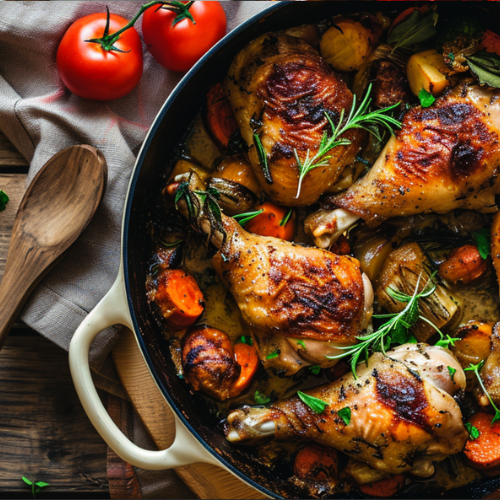The surprising truth about calories in alcohol: What you should know when planning your diet
Alcohol is a frequent guest in our social lives, and for many people it is an integral part of relaxing or celebrating various events. However, when planning our diets, we often overlook or downplay the calories from alcohol, which can have a significant impact on our health and aesthetic goals. In this article, we will take a closer look at what calories are hidden in popular types of alcohol and how they can be included in our diet plan.

Calories in alcohol - basic information
Ethyl alcohol, or ethanol, is the second most caloric food substance after fats, providing as much as 7 kcal per gram, compared to 4 kcal per gram for proteins and carbohydrates and 9 kcal per gram for fats. Moreover, these calories are so-called empty calories, i.e. calories that provide no nutritional value. This makes alcohol a pitfall for those trying to control their weight or live a healthy lifestyle.
How does alcohol affect weight?
Alcohol consumption can hinder weight loss for several reasons. First, it increases appetite, which often leads to over-eating. Second, alcohol metabolism takes priority over burning fats and sugars, which can lead to their storage in the body. In addition, alcohol affects the quality of sleep, which can also have a negative impact on metabolic processes and weight control.
How many calories are in popular types of alcohol?
To better understand how alcohol affects our dietary plan, it is worth looking at specific numbers. Below is the average calorie content per 100 ml of the most popular types of alcohol:
- Beer (5% alk.) - about 43 kcal
- Red wine (12% alk.) - about 85 kcal
- White wine (12% alk.) - approximately 82 kcal
- Champagne (12% alk.) - about 77 kcal
- Vodka (40% alk.) - approximately 231 kcal
- Whisky (40% alk.) - approximately 250 kcal
- Liqueur (20% alk.) - about 300 kcal
How to include alcohol in the diet?
If you don't want to give up alcohol completely, but at the same time want to maintain a healthy diet, there are several ways to include these calories in your eating plan:
- Plan ahead - if you know you will be drinking alcohol, try to reduce calories in other meals that day.
- Choose wisely - prefer spirits with lower calorie content, such as light beers, wine, or pure spirits without additives.
- Control portions - drink more slowly and choose smaller portions to limit the amount of alcohol consumed.
- Avoid sweet cocktails and drinks - additives such as juices, syrups or sodas significantly increase the caloric content of the drink.
Summary
Alcohol can be a significant source of calories in the diet, and its consumption should be considered in the context of a total diet plan. By being mindful of the caloric content of different types of alcohol and following a few simple rules, you can enjoy the social aspects of drinking alcohol without negatively impacting your weight or health. The key is moderation and awareness of the choices we make.





